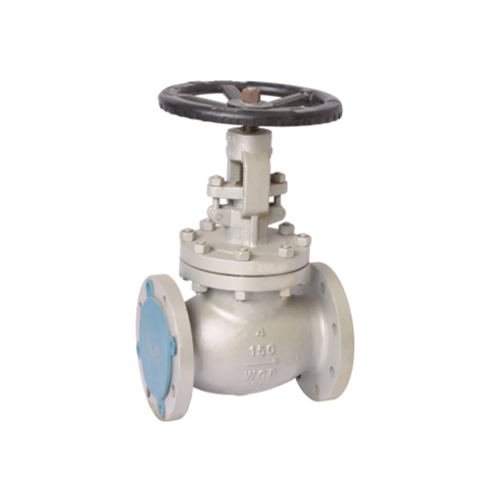
Check Valve Design Features for Reliable Operation
1. Introduction
Check valves, also known as non-return valves or one-way valves, are essential components in fluid systems, ensuring unidirectional flow while preventing backflow. Their reliable operation is critical in applications such as water supply, oil and gas pipelines, chemical processing, and power generation. Poorly designed or malfunctioning check valves can lead to water hammer, reverse flow, pressure surges, and system failures, resulting in costly downtime and repairs.
To ensure long-term reliability, check valves must incorporate specific design features that enhance performance, durability, and efficiency. This paper explores key design considerations, material selection, operational factors, and maintenance practices that contribute to the dependable operation of check valves.
---
2. Key Design Features for Reliable Check Valves
2.1. Valve Type Selection
Different check valve designs are suited for varying applications. The most common types include:
- Swing Check Valves: Use a hinged disc that swings open with forward flow and closes under reverse flow. Ideal for low-velocity applications but prone to water hammer.
- Lift Check Valves: Feature a guided disc that moves vertically with flow, providing a tight seal. Suitable for high-pressure systems but may cause pressure drops.
- Dual-Plate Check Valves: Compact and lightweight with two spring-loaded plates that open and close quickly, reducing water hammer risk.
- Ball Check Valves: Use a spherical ball to block reverse flow, common in low-pressure systems.
- Tilting Disc Check Valves: Combine features of swing and lift check valves, offering faster closure and reduced slamming.
Selecting the appropriate type depends on flow conditions, pressure, and system requirements.
2.2. Material Selection
Materials must withstand fluid properties, temperature, and pressure:
- Body & Disc Materials: Common choices include cast iron, ductile iron, carbon steel, stainless steel, and alloys (e.g., Hastelloy for corrosive fluids).
- Seat Materials: Resilient seats (e.g., Buna-N, Viton, EPDM) ensure tight sealing, while metal seats (e.g., Stellite) are used in high-temperature applications.
- Springs & Hinges: Stainless steel or Inconel springs resist corrosion and fatigue.
2.3. Flow Dynamics & Pressure Drop
A well-designed check valve minimizes flow resistance while ensuring rapid closure:
- Streamlined Flow Path: Reduces turbulence and pressure loss.
- Low Cracking Pressure: Ensures the valve opens at minimal pressure, improving efficiency.
- Flow-Guided Discs: Prevent erratic movement and reduce wear.
2.4. Closure Mechanism & Water Hammer Prevention
Sudden valve closure can cause water hammer, leading to pipe damage. Design features to mitigate this include:
- Spring-Assisted Closure: Ensures fast, controlled closing.
- Damping Mechanisms: Slow down disc movement to reduce shock.
- Soft Seats: Absorb impact energy.
2.5. Installation Orientation
Check valves must be installed correctly:
- Horizontal vs. Vertical Flow: Some valves perform better in specific orientations.
- Upstream/Downstream Clearance: Ensures proper disc movement and sealing.
---
3. Operational Considerations
3.1. Flow Rate & Velocity
High velocities can cause wear, while low flow may lead to incomplete closure. The valve must match the system’s flow profile.
3.2. Temperature & Pressure Ratings
Valves must handle extreme conditions without deformation or leakage.
3.3. Corrosion & Erosion Resistance
Aggressive fluids require corrosion-resistant materials and coatings.
3.4. Maintenance & Inspection
Regular checks for wear, debris buildup, and seal integrity prevent failures.
---
4. Conclusion
Reliable check valve operation depends on proper design, material selection, and system compatibility. By incorporating features such as optimized flow paths, controlled closure mechanisms, and durable materials, engineers can enhance valve performance and longevity. Regular maintenance further ensures sustained efficiency, reducing downtime and operational risks.
Future advancements may include smart check valves with sensors for real-time monitoring, further improving reliability in critical applications.
Diese Website verwendet Cookies, um sicherzustellen, dass Sie das beste Erlebnis auf unserer Website erhalten.
Kommentar
(0)